D mount cine lenses on Pentax Q

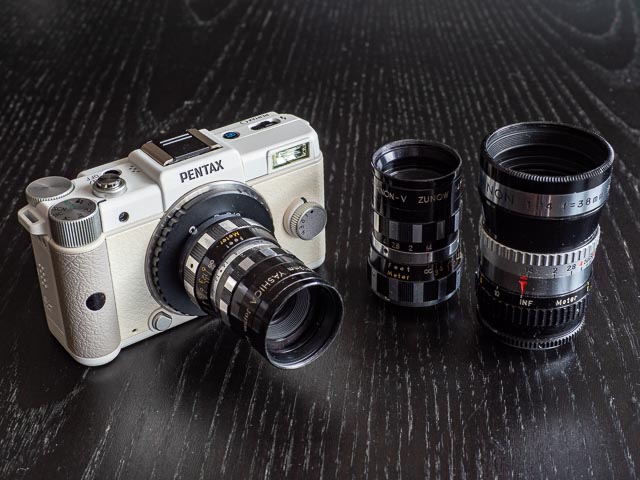 If you just want to see some photographs, skip straight to the results section.
If you just want to see some photographs, skip straight to the results section.
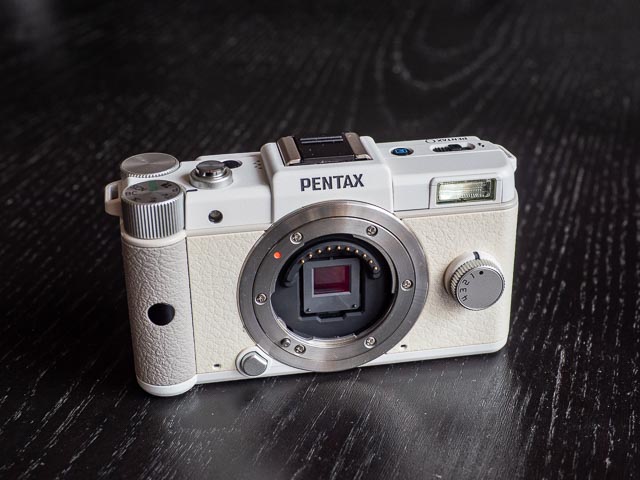 The Pentax Q is one of Pentax's most quirky and adorable digital cameras! It is essentially a fairly standard modern mirrorless interchangeable lens camera with one big difference: instead of a DSLR sized sensor it has a 1/2.3" (6.17 x 4.55 mm) sensor of the kind you would normally expect to see in a standard fixed-lens point-and-shoot "digicam". Later models (i.e. the Q7 and Q-S1) had a slightly larger 1/1.7" (7.44 x 5.58mm) sensor, but the concept remains the same. Such small sensors give extremely high crop factors: approximately 5.6 times for the Pentax Q you can see here (and 4.6x for the Q7 and Q-S1 with their slightly larger sensors).
The Pentax Q is one of Pentax's most quirky and adorable digital cameras! It is essentially a fairly standard modern mirrorless interchangeable lens camera with one big difference: instead of a DSLR sized sensor it has a 1/2.3" (6.17 x 4.55 mm) sensor of the kind you would normally expect to see in a standard fixed-lens point-and-shoot "digicam". Later models (i.e. the Q7 and Q-S1) had a slightly larger 1/1.7" (7.44 x 5.58mm) sensor, but the concept remains the same. Such small sensors give extremely high crop factors: approximately 5.6 times for the Pentax Q you can see here (and 4.6x for the Q7 and Q-S1 with their slightly larger sensors).
You can adapt normal vintage lenses from 35mm SLR film cameras, but that super high crop factor radically changes the scope of use of such lenses. For example, a 50mm standard lens from a 35mm SLR camera will have a field of view similar to a 280mm super telephoto lens! That has some potentially exciting possibilities of its own, but another intriguing opportunity is adapting lenses that have an imaging circle far too small to be of any use adapted to a normal mirrorless camera, for example, lenses from 8mm cine cameras.
The 2 most common formats for 8mm cine cameras are Standard 8 (typically with a frame size of 4.5 x 3.3mm) and Super 8 (typically with a frame size of 5.8 x 4mm). Cameras with interchangeable lenses for both those formats almost always use the standard "D Mount", which is a simple screw mount similar to the familiar M42 screw mount used by many older 35mm SLR cameras, but of course, much smaller. Those frame sizes are smaller than the 6.17 x 4.55mm sensor size of the Pentax Q, and considerably smaller then the larger 7.44 x 5.58mm sensor in the later Pentax Q7 and Q-S1 models.
 As you'll see in a moment, that means that you can't guarantee 8mm cine lenses will completely cover the Pentax Q sensors without any vingetting (i.e. darkened corners). But D mount to Pentax Q adapters are inexpensive (prices vary, but are typically in the £10-12 range) so if you have some 8mm cine lenses knocking around it's well worth getting a D mount to Pentax Q adapter and just experimenting.
As you'll see in a moment, that means that you can't guarantee 8mm cine lenses will completely cover the Pentax Q sensors without any vingetting (i.e. darkened corners). But D mount to Pentax Q adapters are inexpensive (prices vary, but are typically in the £10-12 range) so if you have some 8mm cine lenses knocking around it's well worth getting a D mount to Pentax Q adapter and just experimenting.
If you don't have any 8mm lenses you can generally buy them on eBay for around £20, which it also worth a try if you like experimenting with adapting vintage lenses, but note that 8mm cine lenses with the names of famous lenses makers such a Zunow or Dallmayer attached to them can be significantly more expensive, so I recommend avoiding such lenses until you have more experience. I bought 3 Yashinon lenses: 38mm telephoto, 13mm standard and 6.5mm wide (the 6.5mm wide also had the Zunow name attached to it) and I had significantly different experiences with all of them, so let's see what happened with each of these lenses…
Results
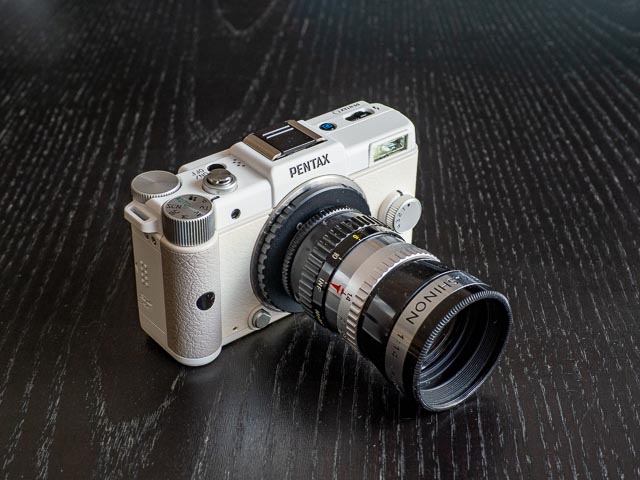 Cine Yashinon 38mm f/1.4
Cine Yashinon 38mm f/1.4
So let's start off with bar far the most successful of my 3 Cine Yashinon lenses: the Cine Yashinon 38mm f/1.4. This lens cost me £19. This lens is surprisingly sharp in the middle, but, no doubt because the imaging circle isn't really designed to cover something as large as the Pentax Q's sensor, this rapidly falls away to some interesting blurriness and distortions towards the edge of the frame. When mounted on the Pentax Q using my Pixco adapter, the lens focusses somewhat past infinity, but still focusses close enough for good shots of flowers and the like. But it has to be remembered that on both an 8mm cine camera and on the Pentax Q, 38mm is quite a long telephoto (similar field of view to a 210mm lens on a 35mm camera, when mounted on the Pentax Q), and this meant some adjustment from the field of view I'm used to when using adapted vintage lenses.
But overall I really enjoyed using this lens, and I was really pleased with the results. I think it's going to find a regular home on my Pentax Q. When used wide open this lens offers genuinely shallow depth-of-field even on the tiny sensor of the Pentax Q. The bokeh is very different to what many people consider desirable in a modern lens (i.e. I don't think anyone would call it "smooth and buttery"!!), but again, I've always like what you might call "characterful" bokeh! There's even something of a soap bubble effect when there are highlights in the background. And the almost Lensbaby like blurriness at the edges of the frame adds a lovely atmosphere to the photographs. Note that all this images were shot wide open at f/1.4. As usual the black & white one were process in Silver Efex Pro 2, while the colour ones were lightly edited to taste in Adobe Lightroom.
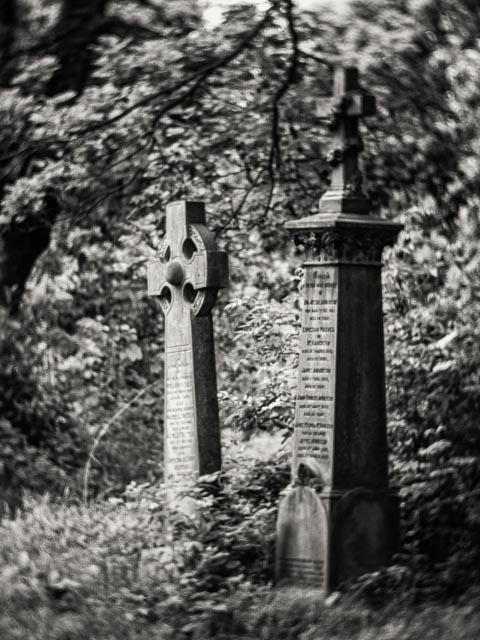
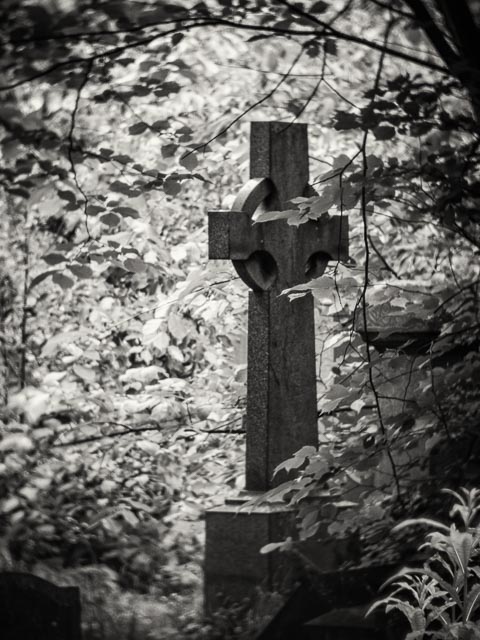
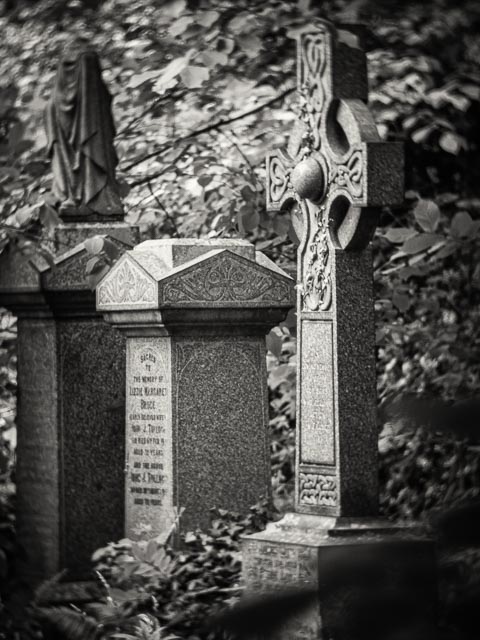
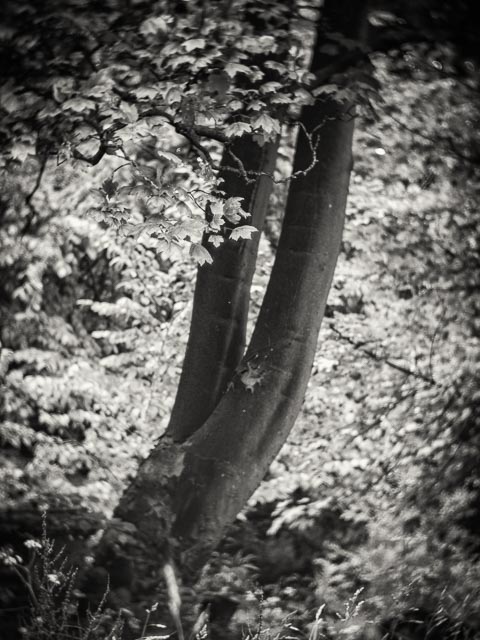

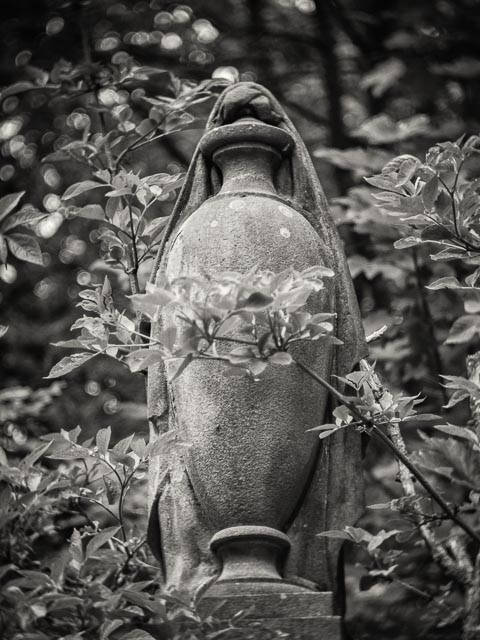
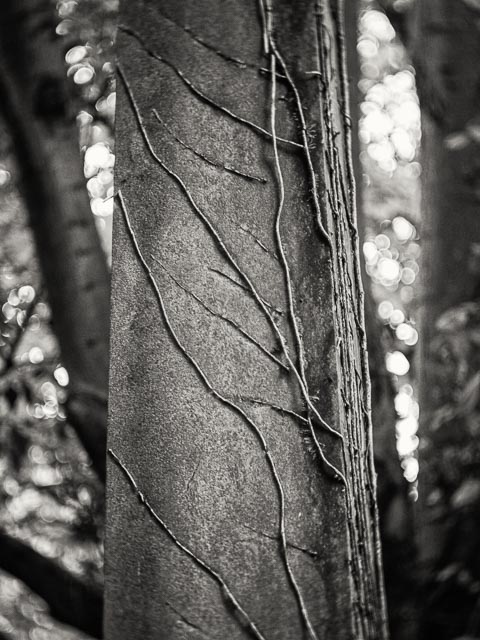
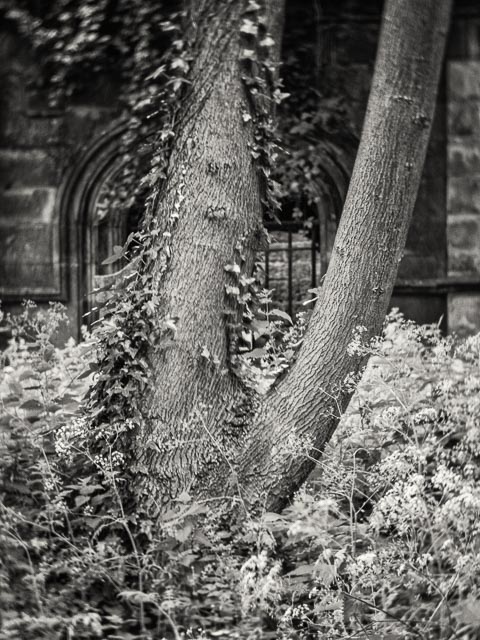
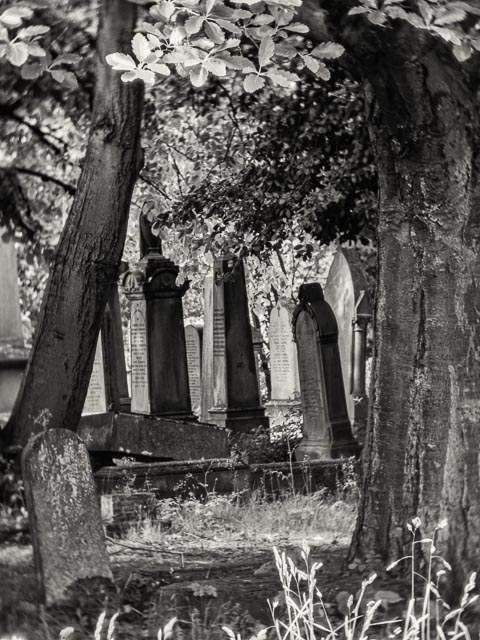
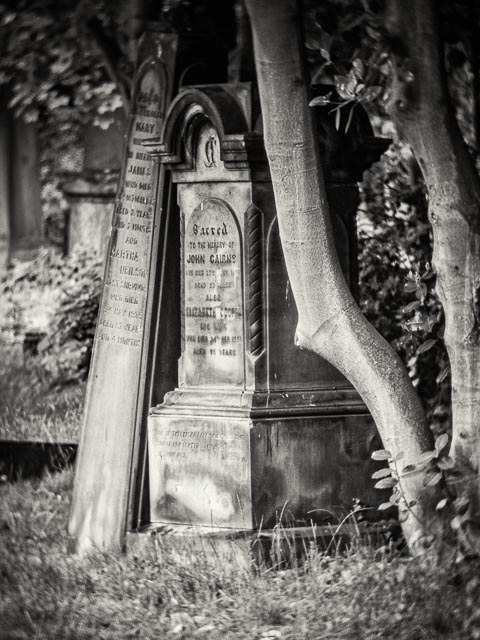
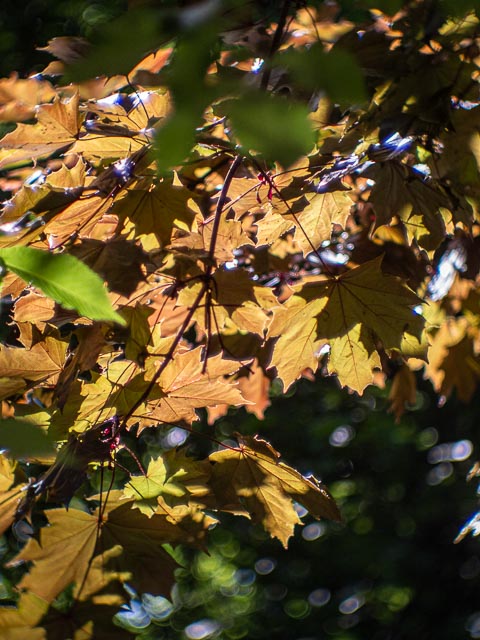

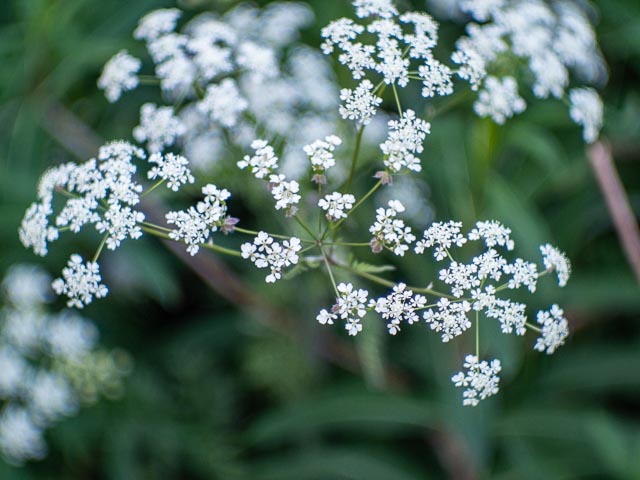


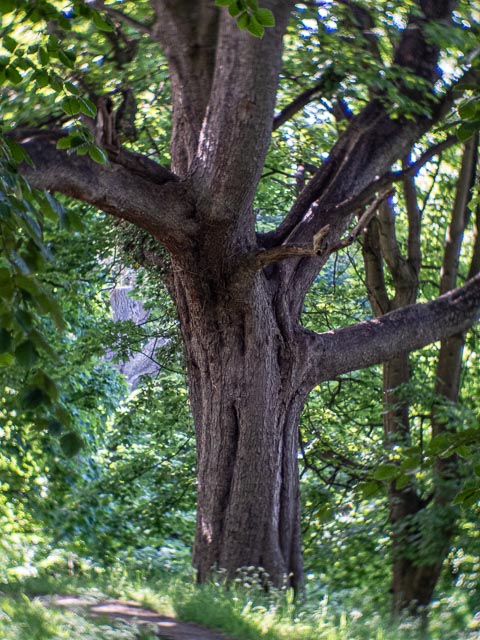
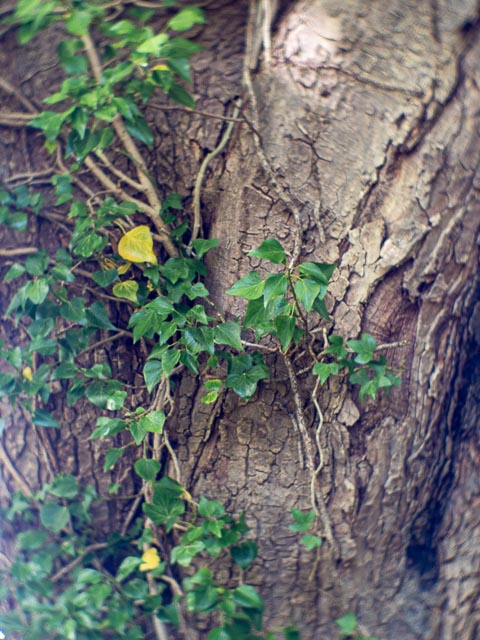
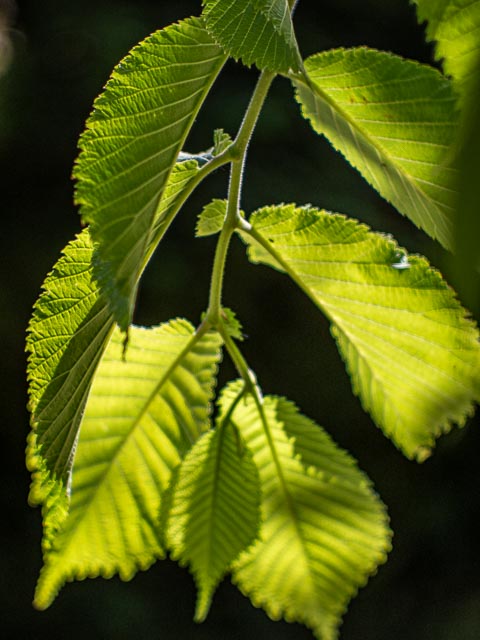
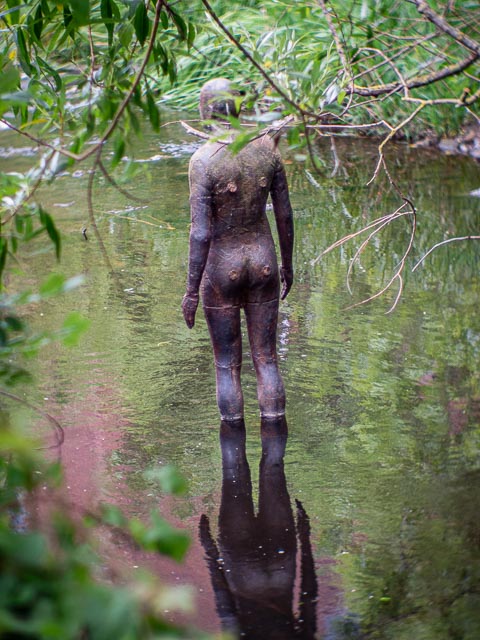

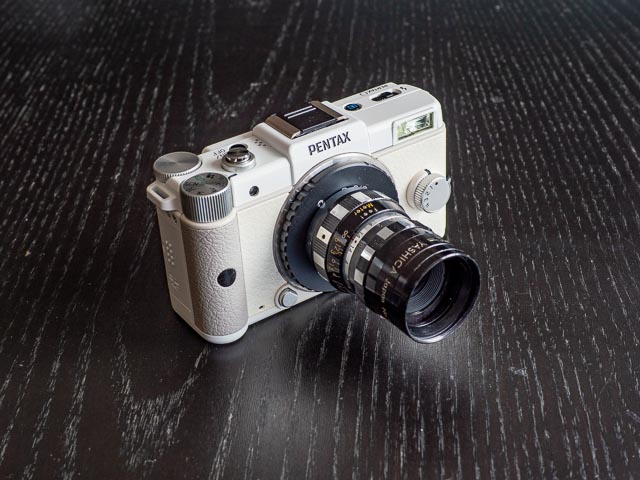 Cine Yashinon-V 13mm f/1.4
Cine Yashinon-V 13mm f/1.4
Next comes what was probably the most difficult to work with of my Cine Yashinon lenses: the Cine Yashinon-V 13mm f/1.4. This lens cost me £24. 13mm is was is usually regarded a 'standard' lens on an 8mm cine camera (though the field of view is closer to what you would get with a short telephoto on a normal stills camera). Unfortunately I was unable to get this lens to successfully focus on anything at all, at any distance  . Maybe the flange focal distance (the distance between the lens mount and the film plane) on a cine camera with a D mount isn't as consistent between manufacturers as it is on still cameras?
. Maybe the flange focal distance (the distance between the lens mount and the film plane) on a cine camera with a D mount isn't as consistent between manufacturers as it is on still cameras?
Anyway, the only way I could get any kind of recognisable image at all, was to set the lens to f/22 and effectively use it as something akin to a pinhole lens (f/22 on a 13mm lens results in an aperture that is only just over 1/2 mm in diameter!). When using the lens in this way extreme depth of field ensured things were more-or-less in focus, but diffraction (loss of sharpness at small apertures) resulted in images that were never-the-less far from sharp! But even so the images have a certain character that I quite liked. I converted these images to low-contrast monochrome shots with a sepia tint to enhance the 100-year-old feel of these photographs.
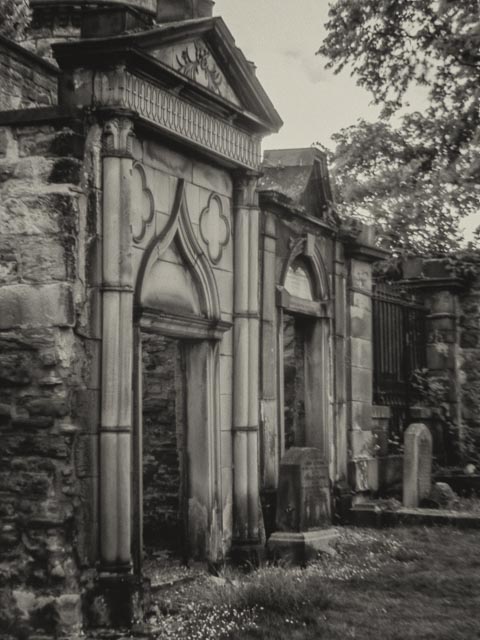
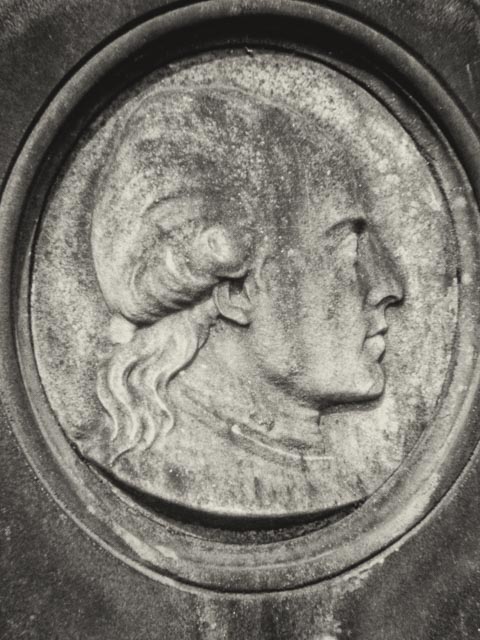
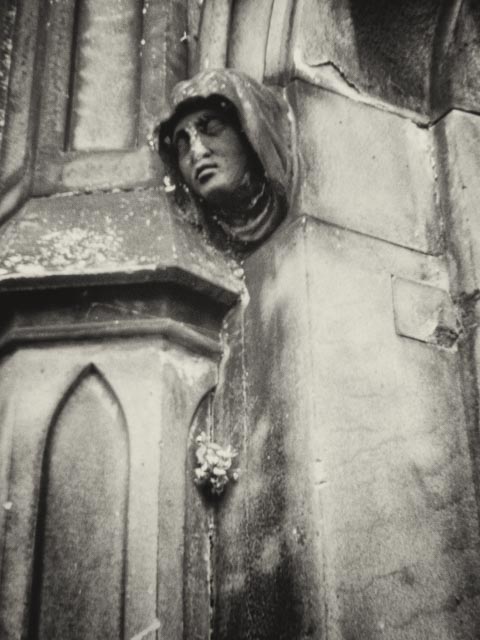
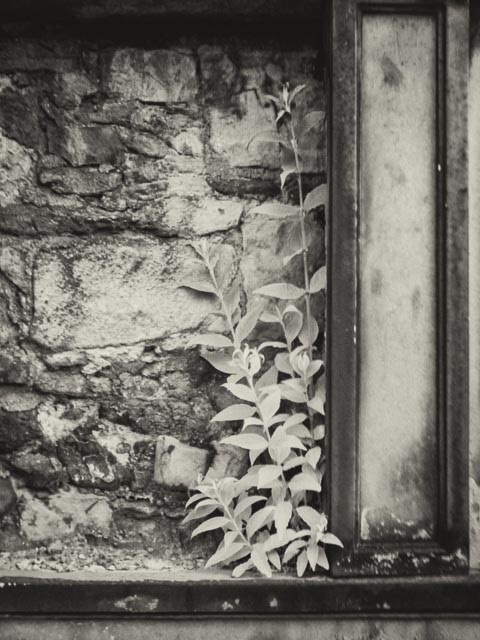

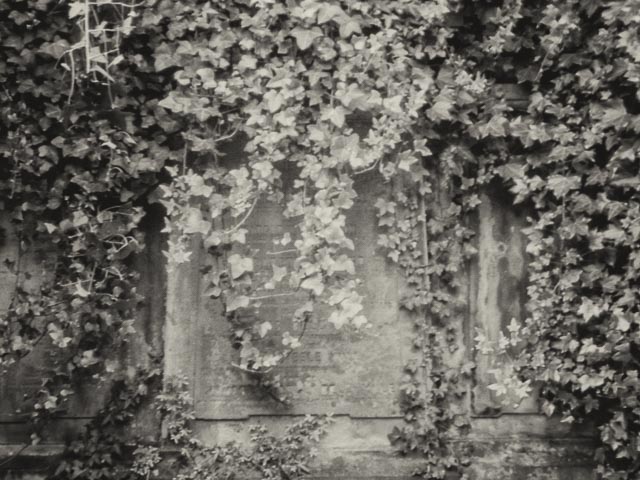
Of course shooting at f/22 can also result in some pretty slow shutter speeds! So another way to create interesting photographs with this lens was to use the slow shutter speeds to do some Intentional Camera Movement shots
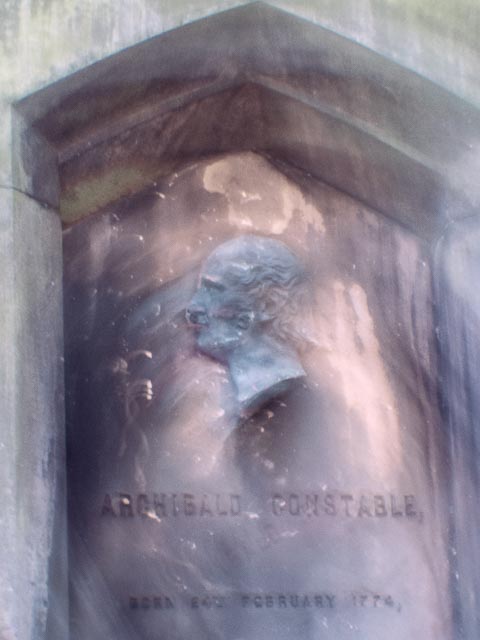
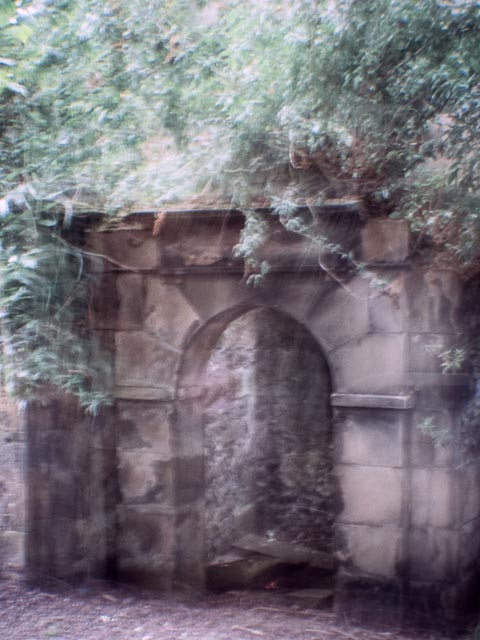
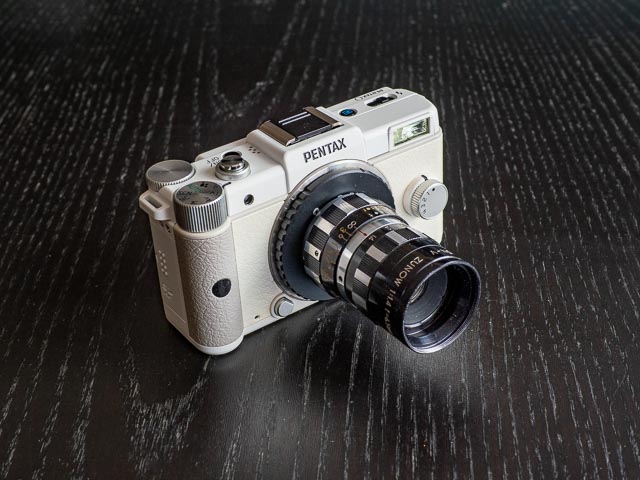 Cine Yashinon-V Zunow 6.5mm f/1.4
Cine Yashinon-V Zunow 6.5mm f/1.4
Finally we have the Cine Yashinon-V Zunow 6.5mm f/1.4. This lens cost me £60, due to the fact Yashica made this lens in collaboration with the legendary 'Zunow' company. Zunow was well known for making some of the fastest lenses of the 1950s, and indeed made a series of 8mm cine lenses with maximum apertures of f/1.1, which sometimes sell for £300+! In retrospect I really should have returned this lens as it turned out to be severely affected by haze, though because it is such a small lens it's wasn't really aparent until I actually took some photographs with it  .
.
The other problem with this lens is that it's one of those 8mm cine lenses that doesn't fully cover the Pentax Q's sensor (requiring the use of the vignetting slider in Lightroom, and a little cropping). And finally I notice some really interesting flare patterns with the sun at the edge of the frame. But we don't shoot with vintage lenses (especially vintage lenses at the weirder end of the scale) to get technically perfect photographs, do we?! And despite the multiple and manifest flaws of this lens, and ended up quite liking the weird and wonderful results! (Plus the collector in me is quite happy to have a Zunow lens in my collection!)s
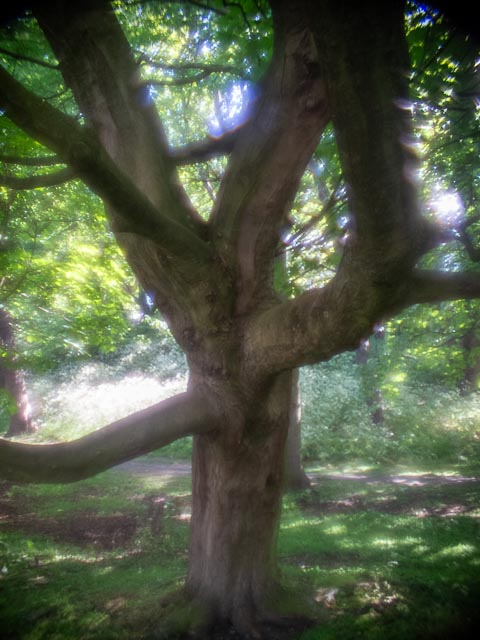
This one was shot of f/1.4. All I have done in Lightroom is hit the auto button in the basic panel.
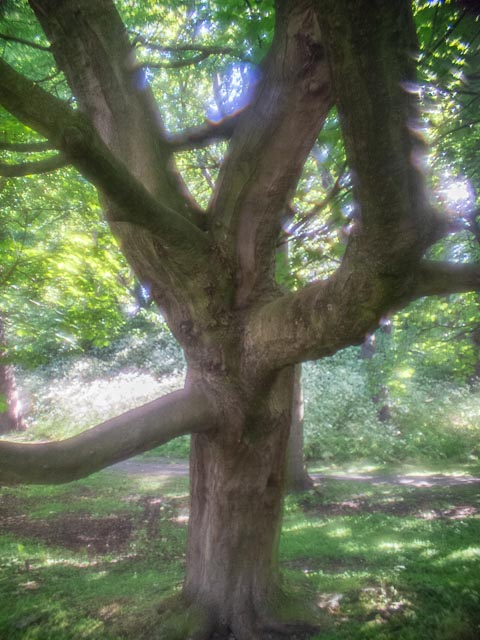
The same f/1.4 shot as before, but this time processed to taste (including some use of the vignette slider in the lens corrections panel and a bit of cropping.
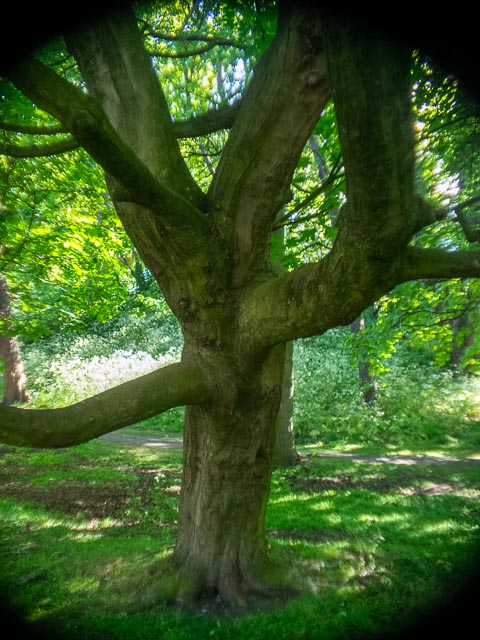
A similar view by this time I stopped the lens down to something like f/5.6. Again all I have done in Lightroom is hit the auto button in the basic panel.

The same f/5.6 shot as before, but this time processed to taste. All the remaining images were shot at f/1.4.
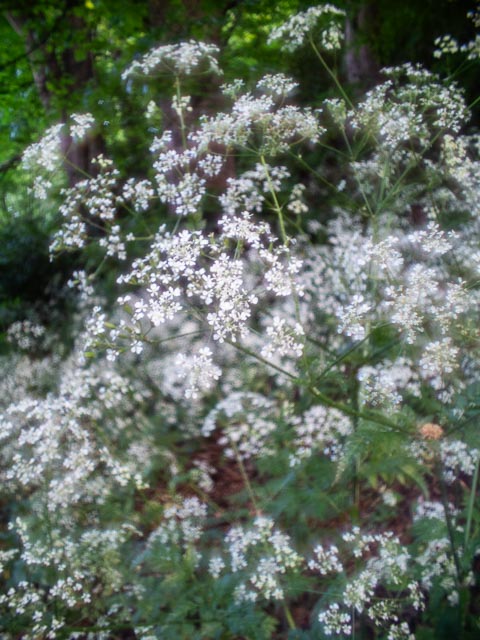

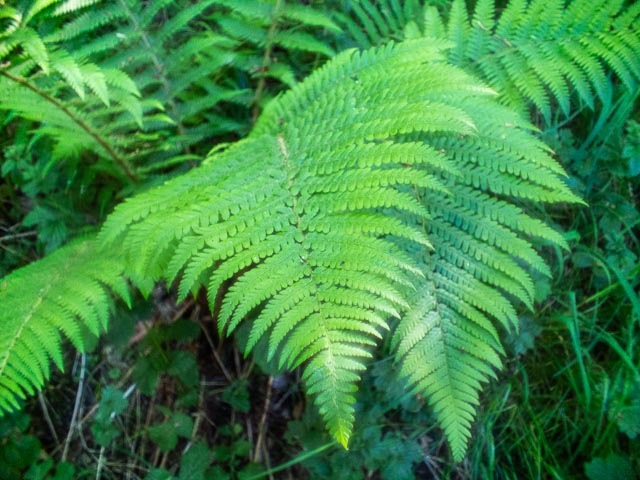
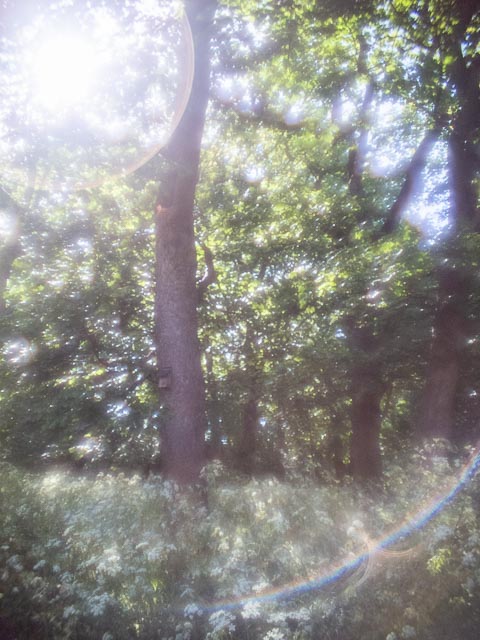
Dig those crazy flares, man!
Conclusion
Overall I really enjoyed trying out these 8mm cine lenses, though the only one I can see myself shooting with on a regular basis is the 38mm telephoto. Composing my usual style of vintage lens shot with such a long telephoto was a bit of a challenge, but worth it! To what extent my experience with these Yashinon lenses reflect what you might experience with other 8mm cine lenses is something I can only guess at… but it looks like telephoto lenses are the way to go! Needless-to-say, if I add any more 8mm cine lenses to my collection I'll post the results here.